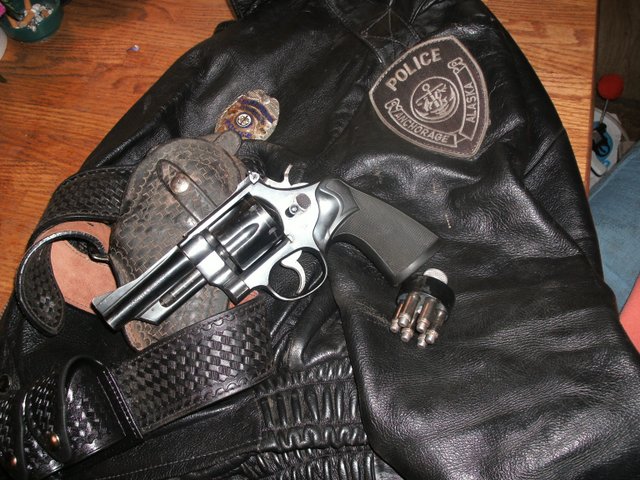A major reason for the forward cant was because the FBI taught the crouch stance.
When drawing the gun they taught the shooter to go into a crouch. This puts a forward cant gun into a better position since you're bent over at the waist.
Since this was the FBI way, most law enforcement followed the technique.
I once watched an FBI agent train some local cops.
He taught that when drawing to lift the left foot, move it to the side a couple of feet and then to just squat.
The canted holster allows a better grip from that crouch position.
As for speed holsters, almost all of them these days have a rearward cant.
You don't see single action speed holsters with anything but a rearward cant, and so do a great many speed holsters for the automatic and DA revolver.
A prime example is Jeff Cooper's famous "Thunderbolt" competition holster.
Famous fast men like Elden Carl, Jeff Cooper, Jack Weaver, and Thell Reed used rearward cant holsters for speed with all pistols and often for police duty carry.
One reason the rearward cant holster is so much faster is that the gun can be fired as the muzzle clears the leather. With a rearward cant, the instant the muzzle comes out, it's already pointed toward the target.
As your arm rocks forward, the gun is always pointed at the target and can be fired at any time during the draw if necessary.
Also, with a rearward cant, the gun muzzle never crosses your body like a forward cant does.
Many of todays duty holsters have much less forward cant and are more upright.
Most forward cant holsters are high ride concealment holsters that ride farther back and more or less demand that cant.
Less concealable but faster is the appendix carry holster that rides with a backward cant in front of the hip bone.
Like the competition speed holster the appendix holster is very fast, and as the muzzle comes out, it's already pointed at the target.
Jordan era police duty holsters had the radical forward cant and had a steel shank inside the holster to tilt the gun out away from the body.
This made the gun more accessible to a gun grabber, plus it stuck out so far you were banging the gun against things.
You can usually ID a gun carried in those old Jordan type holsters by the excessively worn and battered outside grip.
Modern duty holsters ride much closer to the side and with much less cant.

